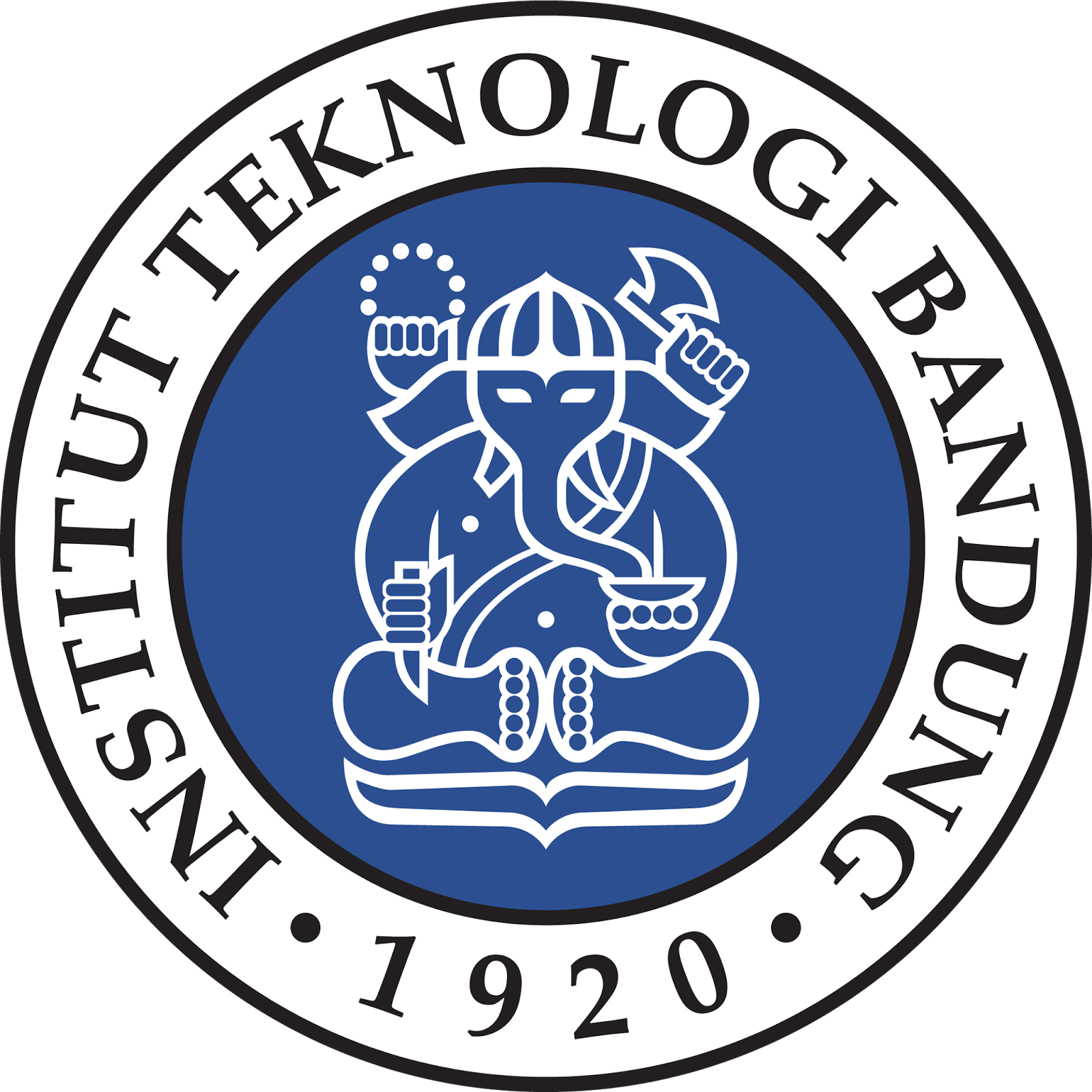The main activity in the Palaeontology and Quaternary Geology research group is related to macropaleontology and micropaleontology of vertebrate and invertebrate fossils, as well as hominins. Studies and understanding of the Quaternary Geology with many aspects of natural processes and life in the Quaternary period are important because vertebrates were mainly found in Quaternary sediments. Supporting knowledge in interpreting climate and environments of the macro- and microfossils and hominins are also needed. Therefore, development of paleontology has to be supported by Quaternary Geology, including paleoanthropology and geoarchaeology. In paleontology, vertebrates are not the only subject. Other macrofossils such as molluscs and corals were also studied to help the geological interpretation in stratigraphy and sedimentology to determine the relative age of the sediments, as well as the paleoenvironment and paleogeography of the study area. In micropaleontology, development of knowledge of radioaria, ostracods and dynoflagellate is also important in age determination and paleoenvironmental anayses of terrestrial, transitional and marine deposits, beside the well established methods of foraminifers, nannoplankton and palynology on going). Paleontologi has been applied in the developments of education/academic purposes, as well as research, both independent or in cooperation with national and international institutions. For academic activities, General Paleontology and Geological History lectures are given to the undergraduate students, while Paleoinvertebrates is given for master students. For the moment, Quaternary Geologi is only given for master students, including: Pleistocene Geology, Quaternary Stratigraphy, Quaternary Geochronology and Geoarchaeology.

Komentar